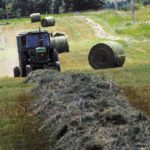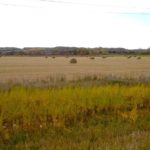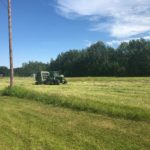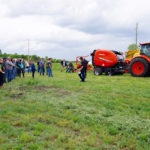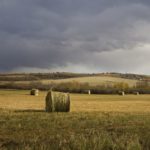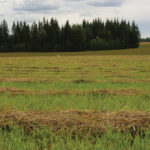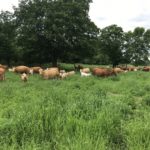Many parts of the Prairies were hammered by drought this year, and poor hay yields are reflecting that lack of rain. Saskatchewan producers have given up hope for a second cut, but regrowth has raised expectations for a second cut in some parts of Manitoba. Meanwhile, parts of Alberta and Ontario have seen too much […] Read more



